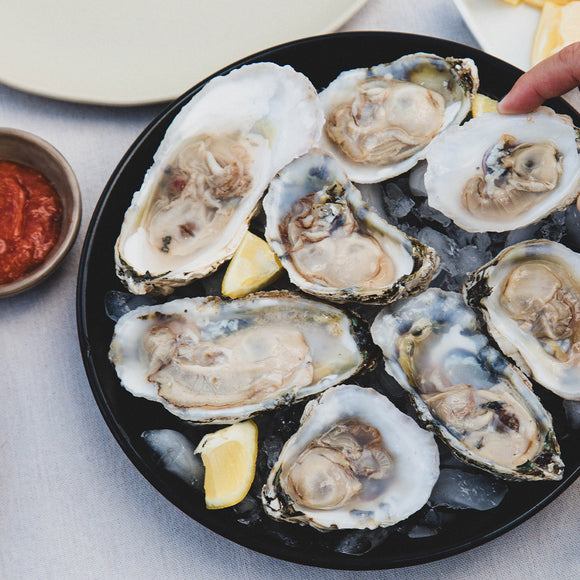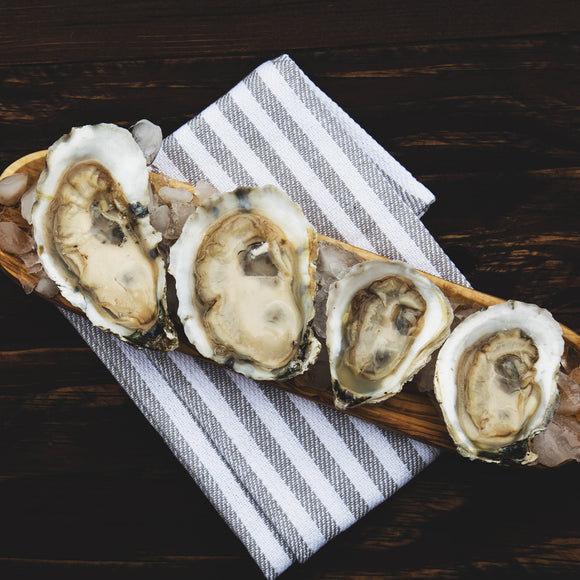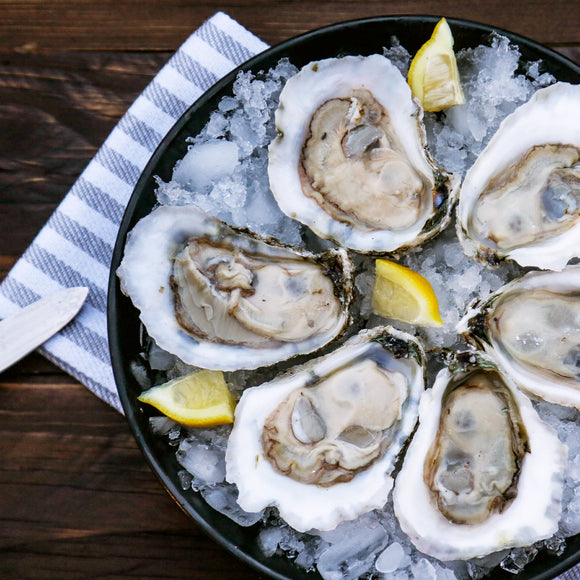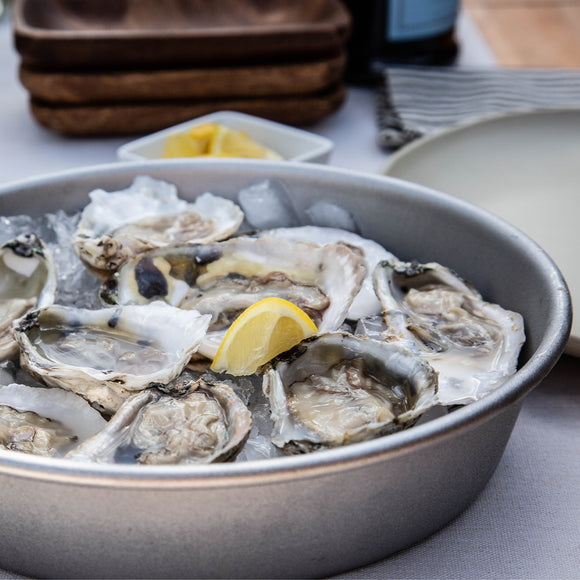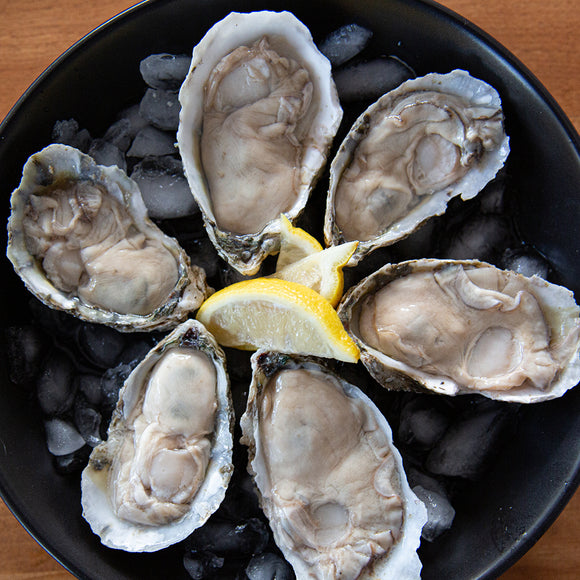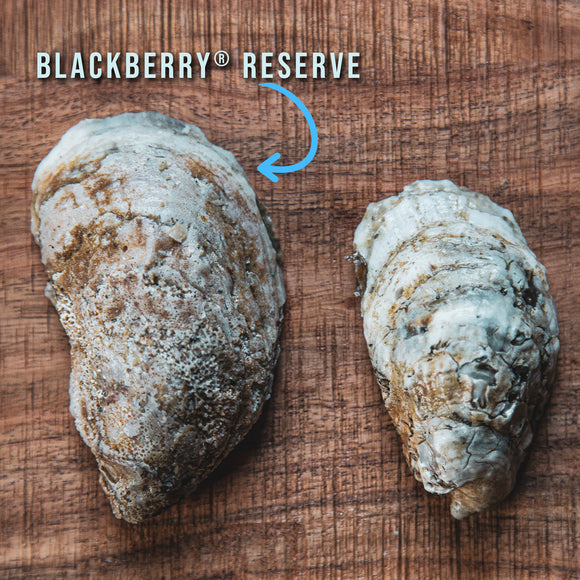How to shuck an oyster?
Our #1 asked question! Watch Owner Myles demonstrate :)
Our #1 asked question! Watch Owner Myles demonstrate :)
Well, that depends. Little Wicomico ONLY ships on Monday, Tuesday or Wednesday. If you are requesting the earliest possible ship date, orders will ship the same day if before 10:00 am ET or the next day if after.
For orders using the date picker for a future date, we will send you order out via 2-day shipping. 2 days prior to the requested delivery date.
Place in your fridge, or in a cooler on ice. Make sure they do not get down into the ice-water and that will shock them. If storing for more than 3 days in your fridge, place in a dish and cover with a wet kitchen towel to prevent drying out.
Place the jar in a bowl with ice and water and store in the coldest part of your fridge. Use by the date stamped on the lid.
Mud worms are sometimes found on oyster shells and are a natural part of the oyster's ecosystem. They can emerge when the oyster has been harvested, are harmless, and do not affect the quality or taste of the oyster meat. Mud worms are a sign of fresh harvest and may be common on oysters served in local restaurants. Pea crabs are small, soft-bodied crustaceans that can live inside the gills of oysters. They consume the food particles that the oyster filters from the water and are considered a sign of a healthy, fresh oyster. Pea crabs are not harmful to humans, often considered a delicacy to be eaten raw or cooked, and some cultures consider them good luck.
